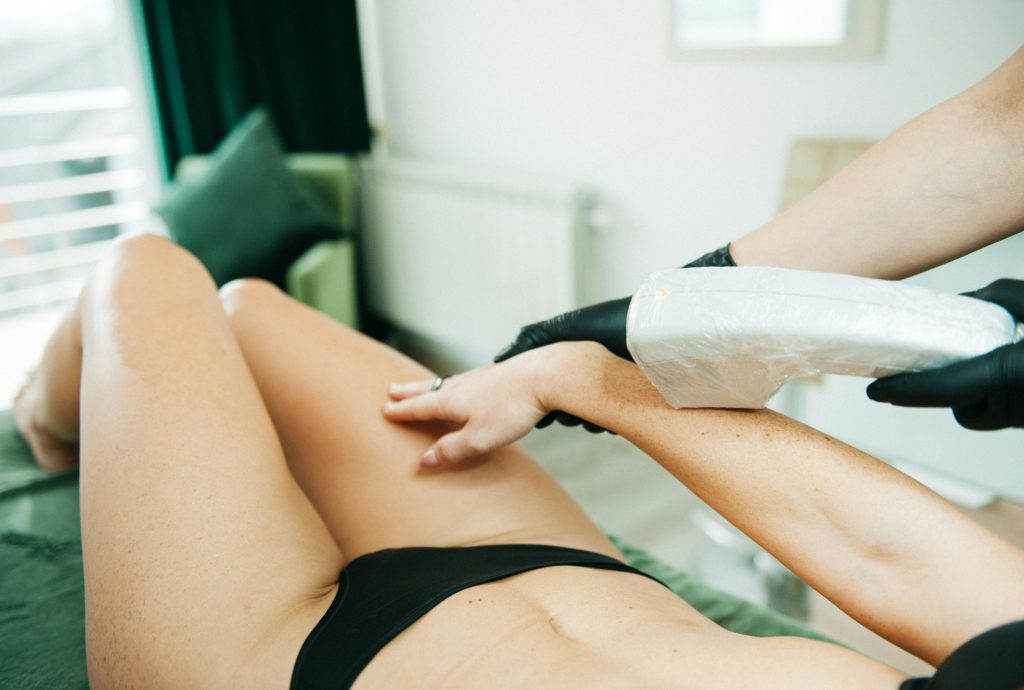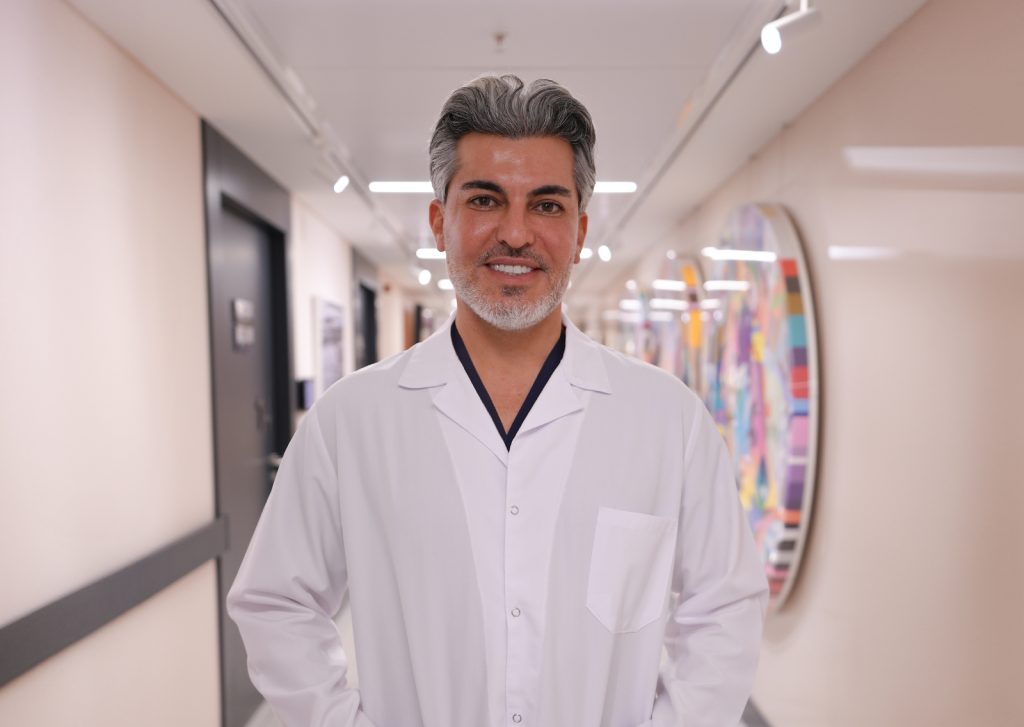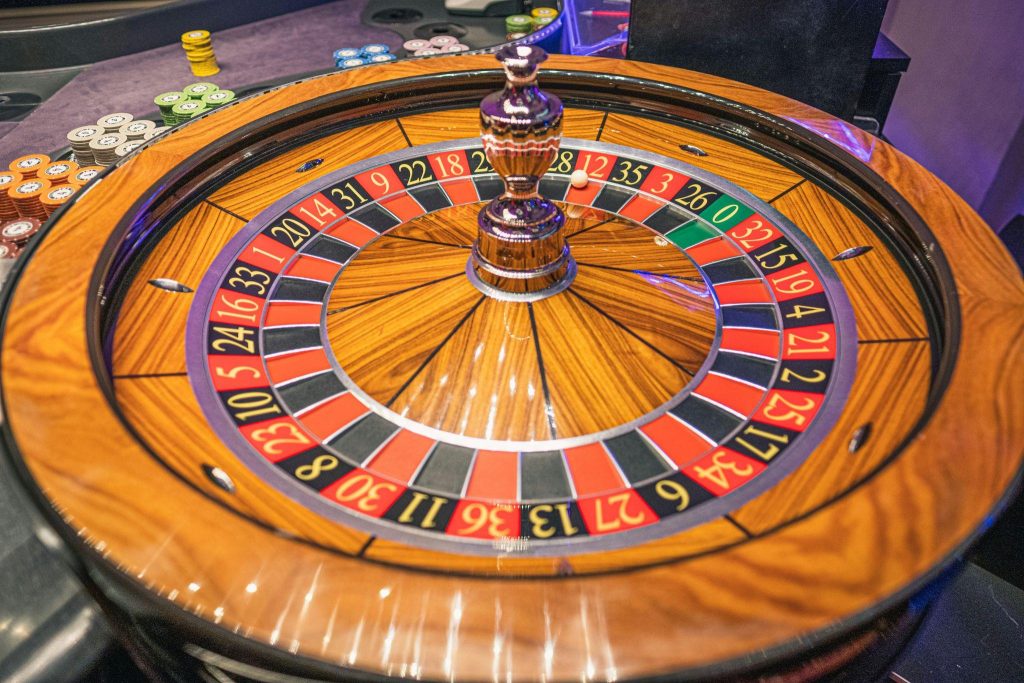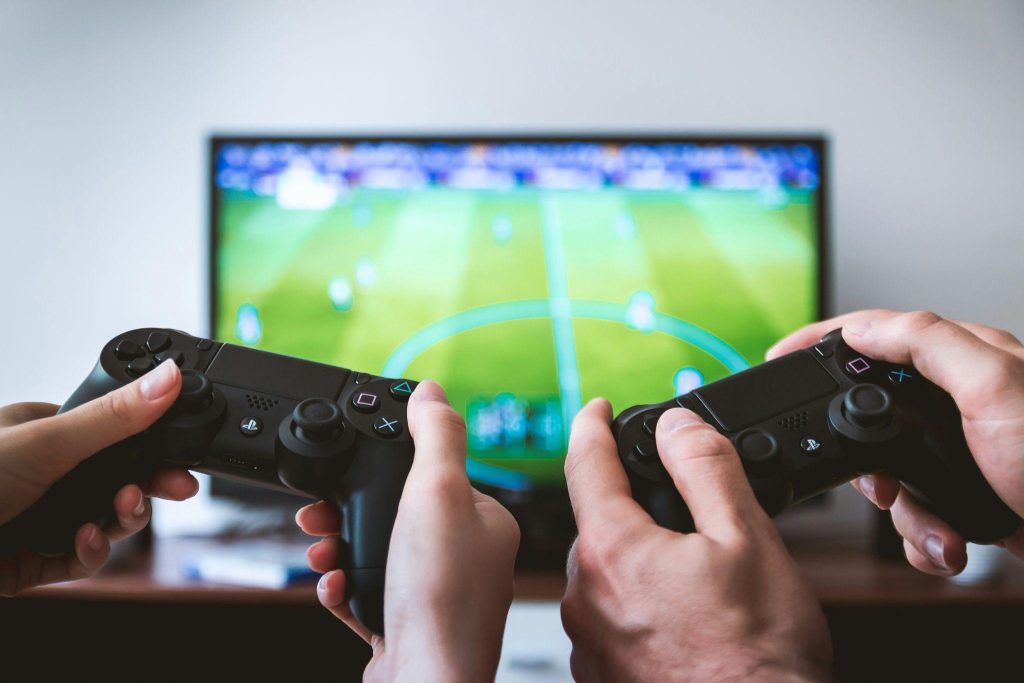The beauty industry has fundamentally changed. It now operates on data and clinical science, not just product claims. This article explains the key technologies powering this shift and why it represents a permanent move toward truly personalized, effective routines.
You no longer need to guess what your skin needs. The beauty counter is being replaced by handheld gadgets and smart devices that deliver concrete data and clinical results directly into your home. This isn’t a temporary shift driven by novelty. It is a complete overhaul of the industry, moving from generic solutions to highly personalized regimens built on scientific principles and real-time feedback. The one-size-fits-all approach is obsolete. We are now in an era where your beauty routine can be as unique as your fingerprint, thanks to a wave of innovative devices designed for safety and efficacy outside a professional setting.
Your Skin By The Numbers
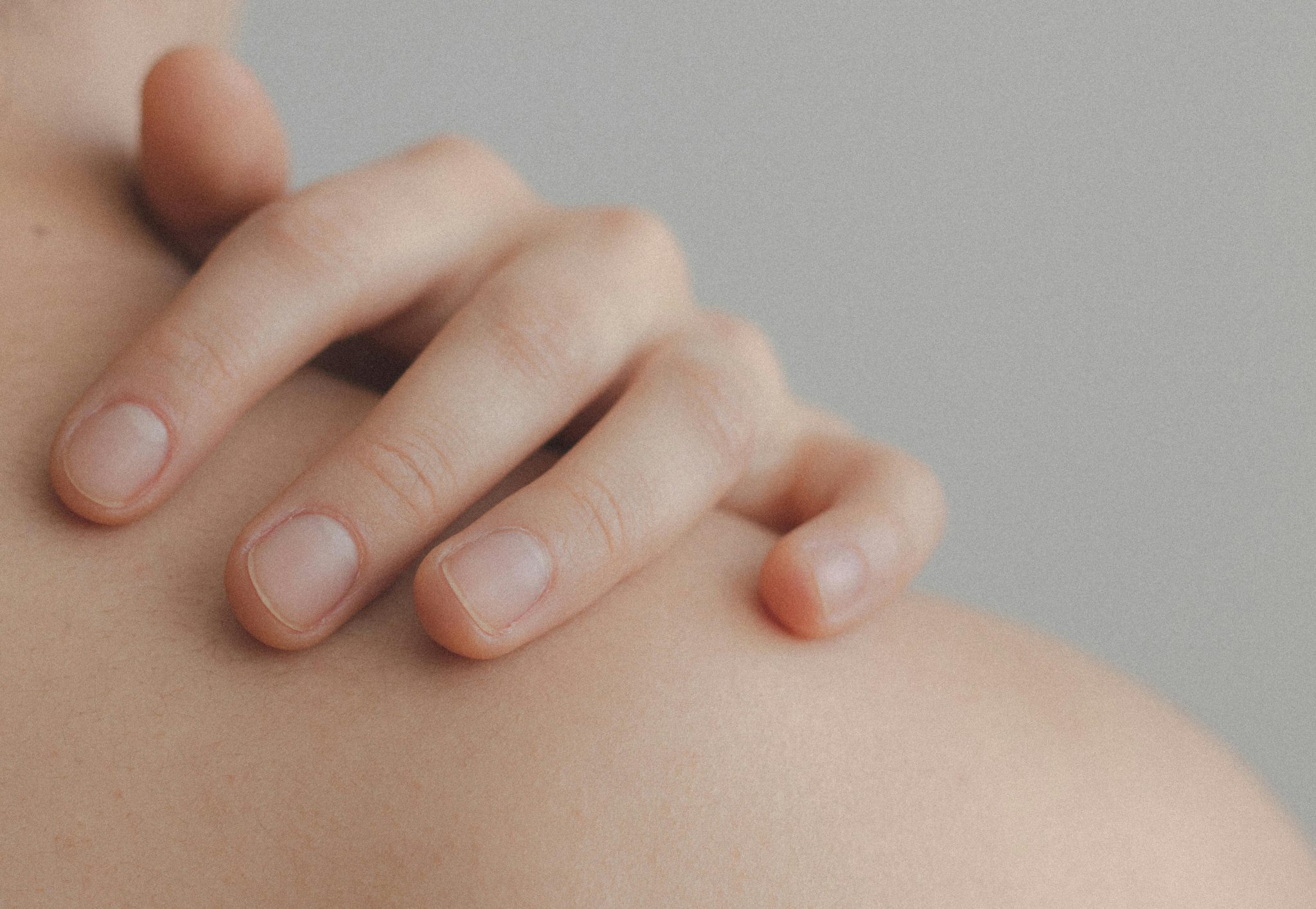
What truly separates modern beauty tech from its predecessors is data. Old routines were based on subjective feeling and marketing promises. New devices provide objective, quantifiable information about your skin’s condition. Smart analyzers use cameras and sensors to give you a microscopic view. They measure your hydration percentage, oil production, pore size, and pigmentation with pretty impressive accuracy. This data allows you to move beyond guesswork. You might discover one cheek is significantly drier than the other, prompting a targeted adjustment to your moisturizing strategy.
This diagnostic capability is now leading to customized formulation. The logical endpoint of data-driven skincare is a product made just for you, right now. Emerging systems can take the analysis from a smart device and use it to blend a serum or cream with exact concentrations of active ingredients your skin needs today. This maximizes the potential benefit of every application. It also minimizes waste by creating only the necessary amount, a pretty significant shift from buying a one-size-fits-all bottle that may not be ideal.
The Science Behind At-Home Clinical Results
The most established category in this field is hair removal. Devices using Intense Pulsed Light or laser technology work on a principle called selective photothermolysis. In simple terms, they send a specific light wavelength to the melanin in your hair follicle. The light converts to heat, damaging the follicle and significantly slowing regrowth. The effectiveness of a laser hair removal device is well-documented. A 2012 study in the Journal of Clinical and Aesthetic Dermatology showed a home-use IPL device could achieve a 64 percent reduction in hair count after three months of treatments. Professional lasers are more powerful, sure. But these home versions are engineered for safe operation, requiring consistent use for a lasting outcome. The science does not stop there.
Microcurrent devices represent another fascinating application. They send low-level electrical currents to stimulate your facial muscles. This process is shown to boost ATP production, which is the core energy source for your cells. A preclinical study confirmed that these devices can improve facial elasticity and reduce the appearance of wrinkles. Then there is LED therapy. Red light, at specific wavelengths, encourages your skin to produce more collagen. Blue light effectively targets and destroys the bacteria that cause acne. Each technology addresses a distinct concern with a method backed by research.
Radiofrequency devices take a different approach. They emit energy that generates heat deep within the skin’s layers. This heat causes existing collagen to tighten and prompts the body to generate new supplies. The result is a measurable firming and tightening effect on the skin. A separate journal study found that home radiofrequency units can improve skin density and overall radiance. These tools bring a level of clinical credibility to your bathroom shelf that was once impossible to find.
Integrating Technology With Overall Wellness
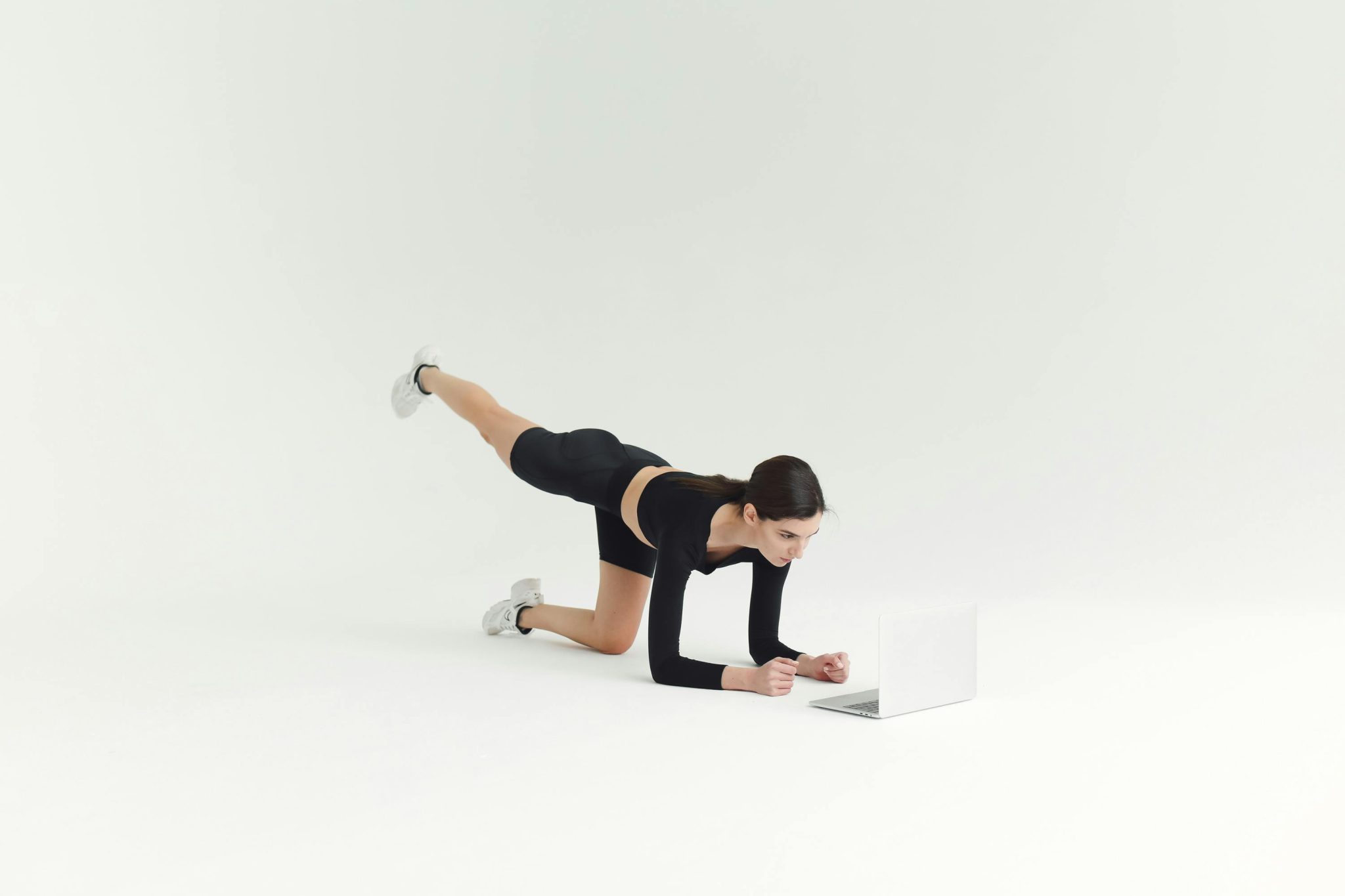
A discussion about modern beauty is incomplete without acknowledging its connection to holistic health. The goal is no longer just a superficial fix. It is about supporting your overall well-being. Consider the weight loss journey of Celine Dion and her transformation. It wasn’t the result of a single device or quick solution. She attributed her changes to a disciplined and comprehensive wellness strategy. This included a rigorous ballet-inspired workout routine and a mindful approach to nutrition. Her experience highlights a broader cultural movement.
People are prioritizing health and strength over fleeting trends. Beauty devices are becoming one component of a larger self-care picture that includes physical fitness, mental health, and balanced living. They are tools for maintenance and improvement, not magic wands. This holistic view reinforces the idea that lasting results come from a multifaceted commitment to yourself.
Positive Industry-Wide Effects
The impact of these devices extends beyond individual benefits. They are influencing the entire beauty sector toward better practices, particularly in sustainability and accessibility. On the environmental front, smart formulation and dispensing systems are a major step forward. By creating exactly the amount of product you need, they prevent the common issue of overapplication. This reduces the waste of product itself and the packaging that ends up in landfills. It is a more conscious way to consume beauty products.
And then there is the matter of access. These devices demolish traditional barriers. Not everyone can afford regular clinic appointments for professional treatments. Geography can also be a limiting factor. At-home devices offer a more affordable and convenient entry point to advanced technologies. This democratization means a wider audience can take control of their skincare with tools that were once exclusive to dermatology offices. It empowers people to invest in long-term skin health on their own terms.
Navigating a Crowded Marketplace
The sheer number of devices available now can feel overwhelming for a consumer. You are faced with a choice between dozens of brands, each promising clinical results. Making a smart purchase requires looking past the marketing and understanding a few key specifications. The wavelength of light for an LED mask, the energy output of an IPL handset, and the type of radiofrequency technology used are all critical factors. A device with a clear clinical study backing its specific design is always a more reliable bet than one with only anecdotal testimonials.
Your choice ultimately depends on a clear assessment of your primary skin goal. These are not instant fixes. They require a consistent, patient approach over weeks or months to see measurable change. The most effective device is the one you will actually use according to its instructions. This new tech-driven world is changing the way we think about beauty for good. It focuses on what you want, uses data to guide decisions, and aims for real results. The whole industry is now built on the idea that your beauty routine should be all about you and tailored just for you.


